The user story map is a simple, collaborative tool that enables agile teams to prioritize updates based on user needs. It can help reduce the stress of an endless list of backlogs by using needs-based decision making to plan development.
By creating one large workflow complete with all the individual user stories, it makes it easier to focus on improvements that fit within your overarching product goals.
What are user stories?
User stories are short, simple feature descriptions created from the perspective of your users. For new products, your team needs to create these by imaging the customer journey. For iterations or pivots, you can use feature requests, focus groups, A/B split testing or data insights.
The formula “As a [type of user] I want [some particular feature] so that [some benefit] is received” works well to help you identify the features and frame them from the customer’s point of view. Creating user stories in this way helps create uniformity and makes it easier to compare features through the benefits they’ll bring to the customer.
In Agile, major stories are called epics, eg: “As a customer, I want to shop online so that I don’t have to leave the house.” But stories are usually broken down into more specific chunks, eg: “As an online shopper, I want to be able to search via color so that I can quickly see all the possible options.”
When to use User Story Map
User story map is an agile framework commonly used by software development teams to establish the product roadmap.
It should always be a collaborative process between designers, stakeholders and developers. By creating the story map as a diverse team, it helps get everyone on the same page from the very start.
In terms of timeline, the process works best after you’ve settled on a product vision so you can break that down into actionable steps towards launching a minimum viable product. Alternatively, you can create a user story map when launching a new iterative version of a product.
How to create a user story map using Conceptboard
Our ready-to-use template is broken down into three sections: Activity -> Task -> Story. It doesn’t require any extra setup, simply open the board and get started right away. Best of all, regardless of location, everyone in your team can collaborate in real time on the board. Follow these seven steps to get started.
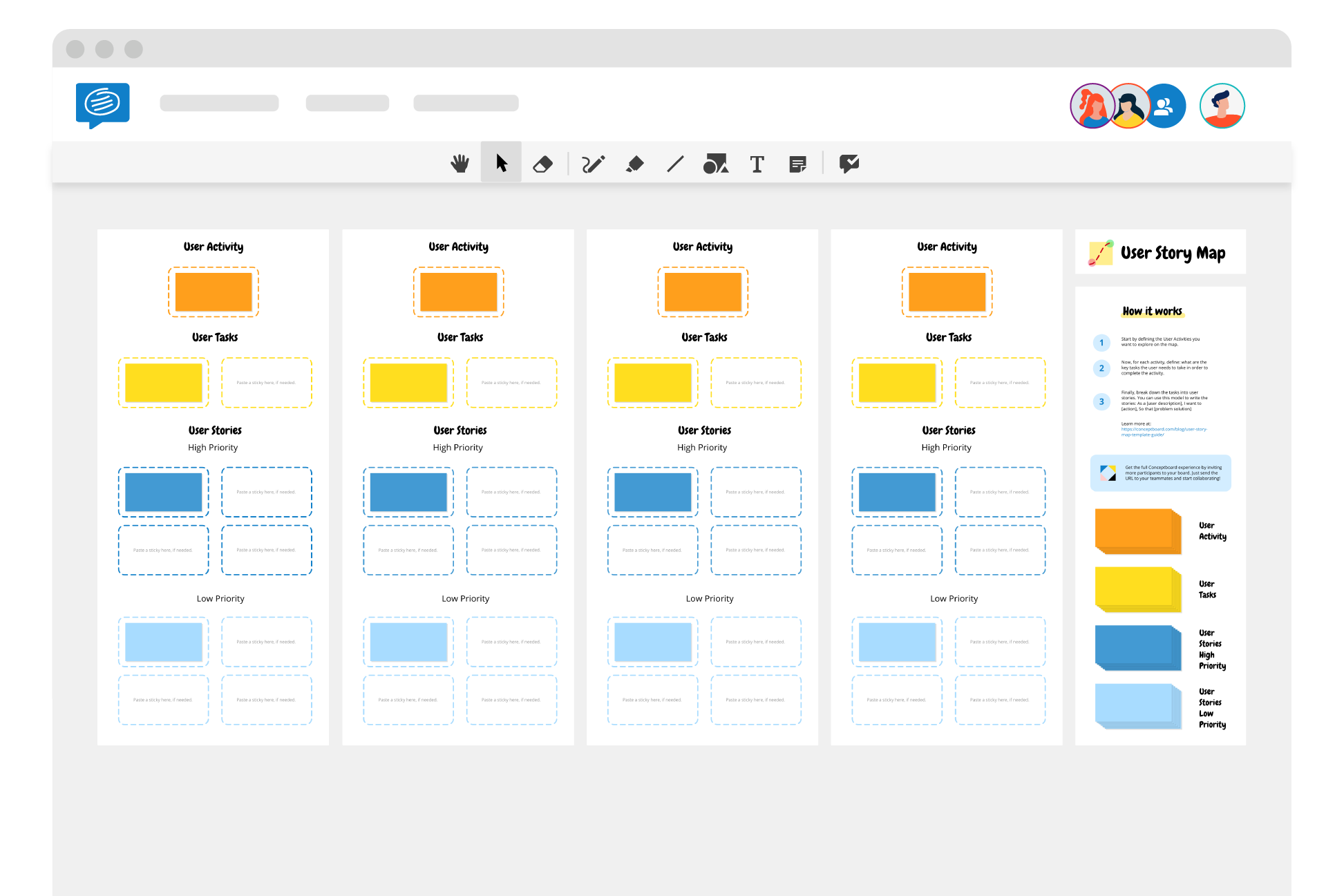
- Invite your team to collaborate on Conceptboard by sending them a link to the board.
- Explain the purpose of the meeting and clearly identify the goal of the meeting: What product do you want to build? Who are we building for?
- Start by adding sticky notes listing all the major steps a user takes along the product journey from left to right. It’s important that everyone contributes to this first brain dump so no major steps are missed.
- Group the steps according to the major activity they belong to. For example ‘Signing up’ is a major activity so it should occupy a box along the top Activity row.
Directly under that, you would then list the tasks a user needs to do within this activity. These user steps might be: ‘Click sign up’, ‘choose a password’, ‘receive confirmation email’, ‘change password’, ‘add personal information’, ‘add profile photo’. - Now it’s time to take a second look at the user steps. If some are unclear, too big or too small, do some reshuffling until you’re happy with each card.
- This huge map should now be filled with features. It’s time to shuffle the user story elements so that the top priority ones are the top of the column.
- Now you have a clear overview of the customer journey, you can create slices across the map to produce iterative versions based on priority. This does not have to be a clear straight line, but it’s important to consider dependencies or roadblocks between each step. These slices form the basis of your development plan for sprint planning.
At the end of the session you should have a clear, visual, collaborative tool that maps your customers’ journey to give your team direction based on facts and logic rather than guesswork. Best of all, once you’ve created it once, it’s saved on Conceptboard and can be updated as often as needed.
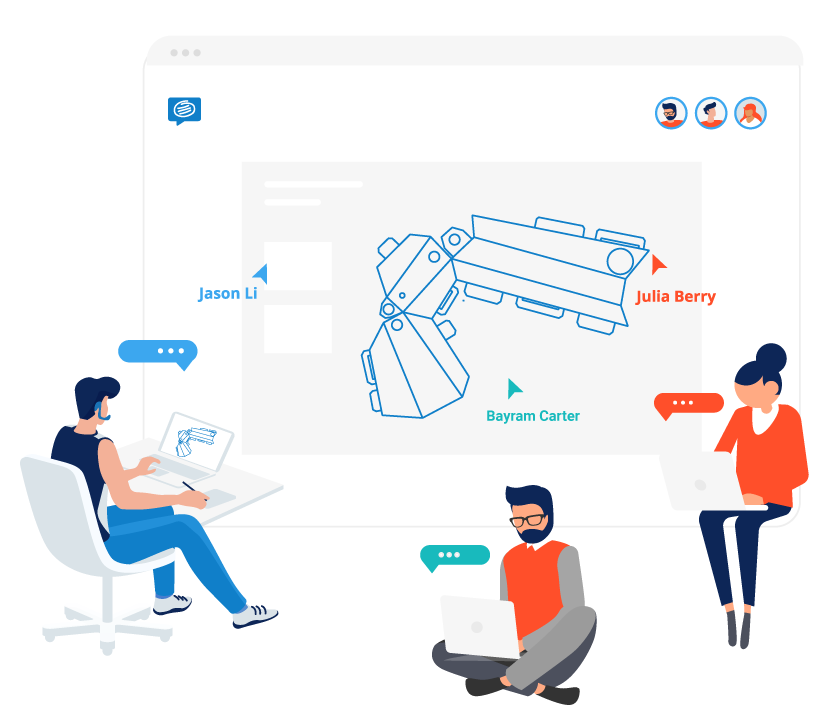
The Online Whiteboard built for agile teams


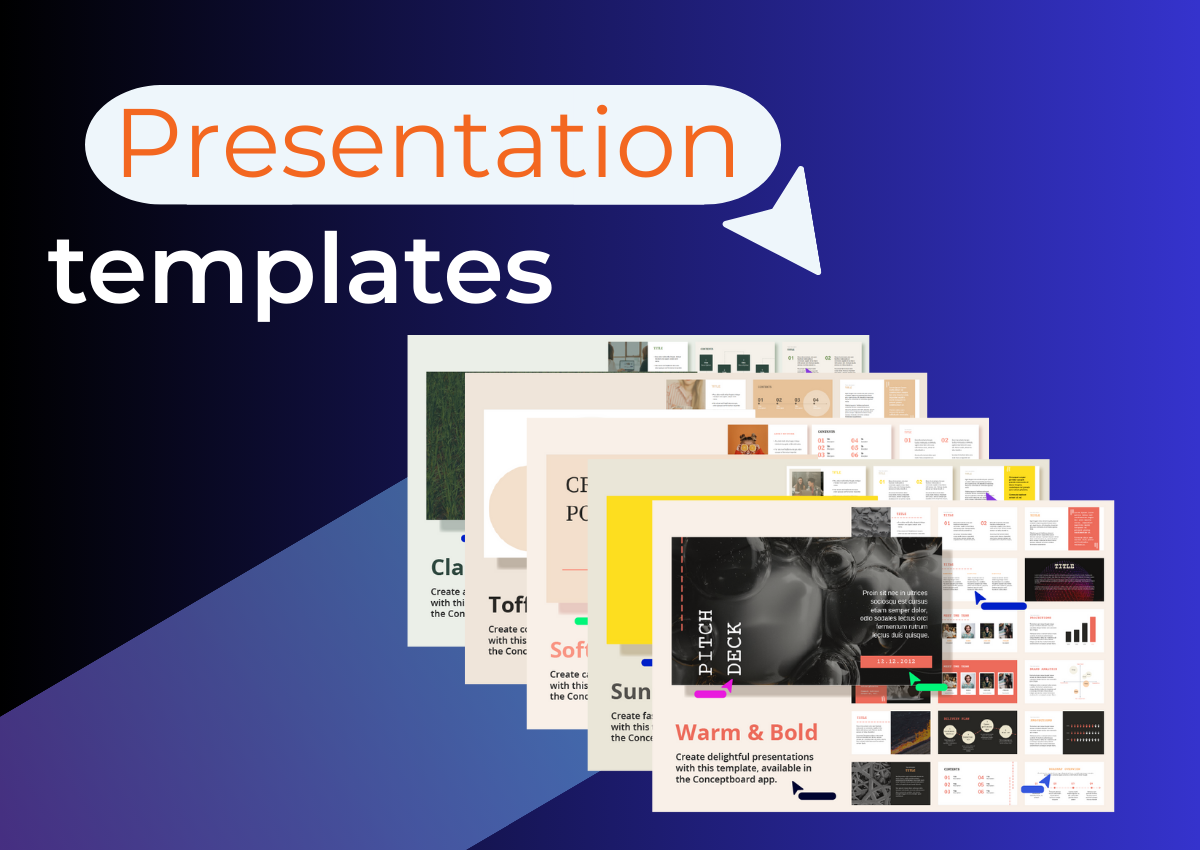
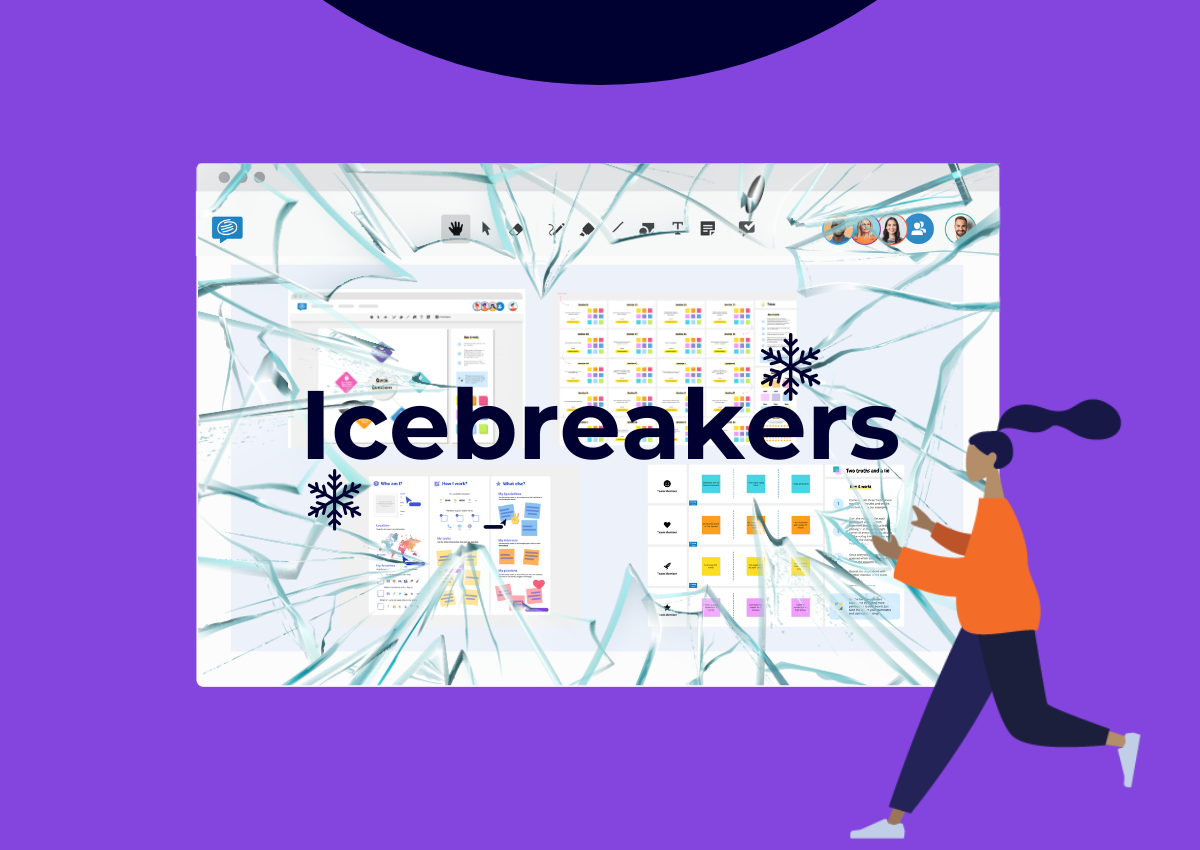
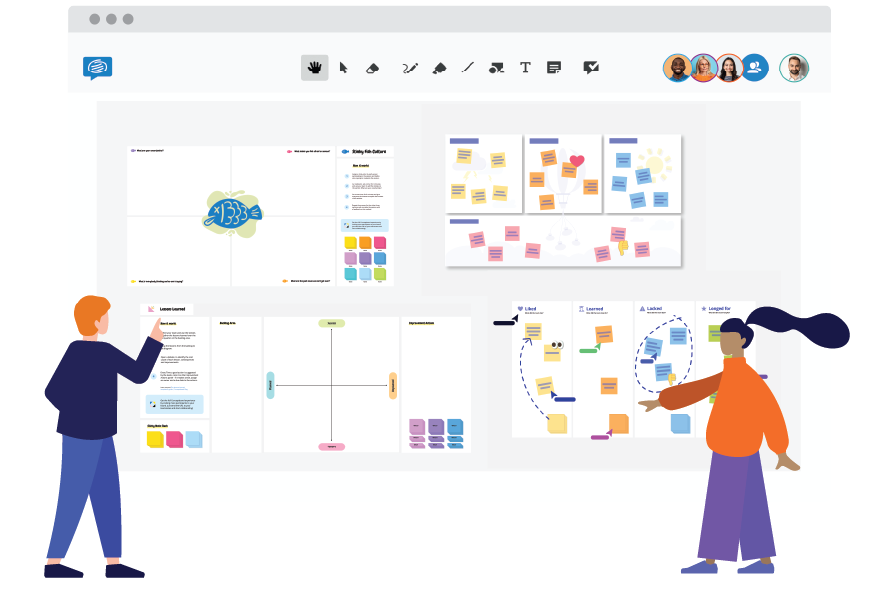
2 Comments. Leave new
Template for Story mapping ..very useful while running workshops
Happy to hear that! Maybe you can find some more ideas for your workshops in this article. Have fun using Conceptboard!